Referring to IEEE Std 315-1975 (Reaffirmed 1993), "Graphic Symbols for Electrical and Electronics Diagrams", section 2.2, the capacitor symbol with the curved plate is a Style 2 symbol.
2.2.1.1B — For style 2, if it is necessary to identify the capacitor electrodes, the curved element shall represent:
a) The outside
electrode in fixed paper-dielectric and ceramic-dielectric capacitors;
b) The moving element in adjustable and variable capacitors;
c) The
low-potential element in feed-through capacitors.
Section 2.2.2 covers the symbol for polarized capacitors which shows the Style 1 (plates represented by straight lines) & Style 2 capacitors with a plus symbol.
Hence, the symbol in Grob's book is fine. Personally, I've always considered the curved plate to represent the outside electrode in wound capacitors which were common in filter designs, especially using polystyrene capacitors, where the outside foil is connected to ground to reduce pickup.
Historically, the curved plate capacitor was commonly in use as a non-polarized capacitor in the pre-1940s through the 1960s and even in to the early 1970s as evidenced in some books and data books I have. Bernard Grob's (not Mitchel Schultz) book goes back to at least the mid 1970s which was used in our basic electronics class. Further research: the 1st edition was printed in 1959.


